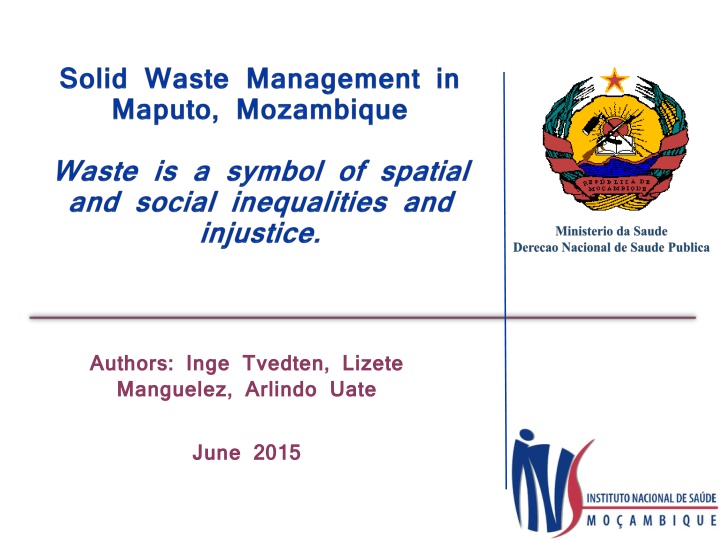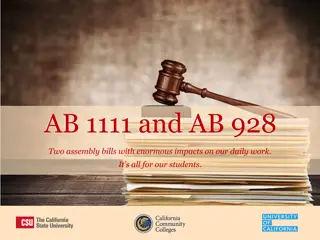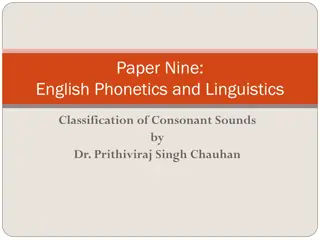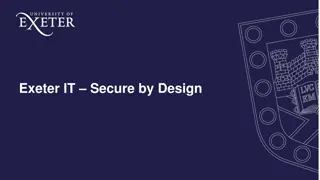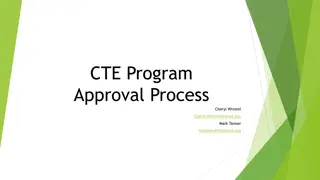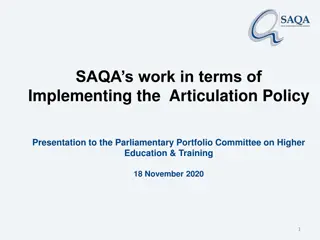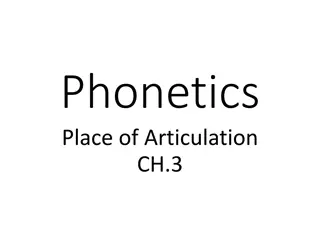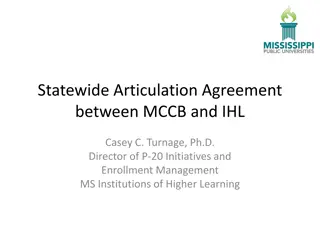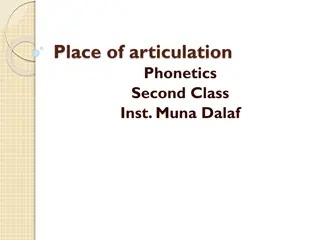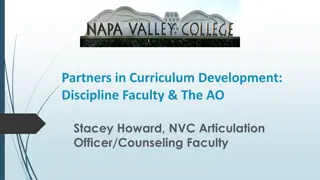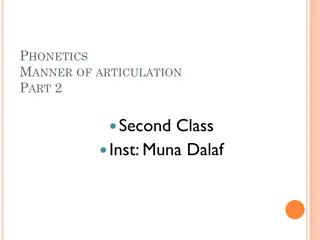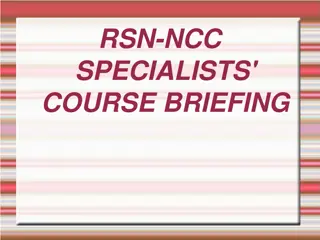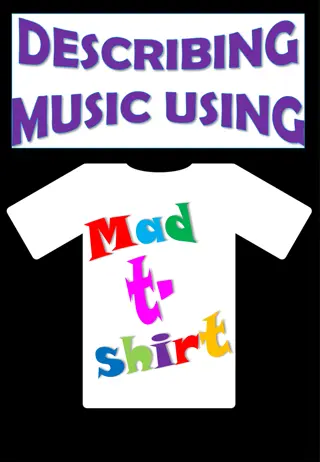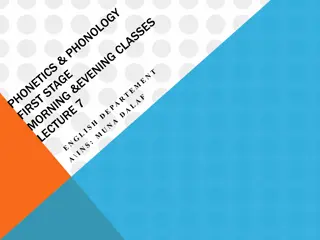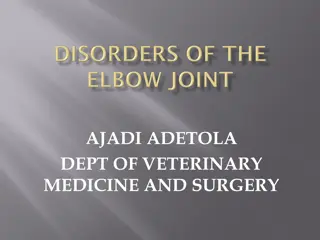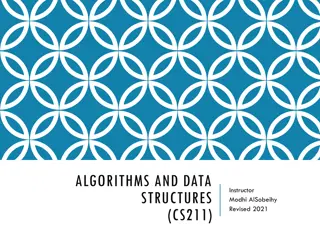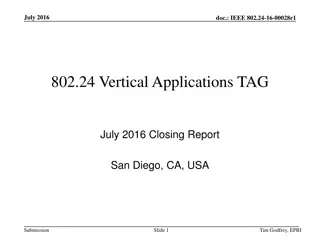Course Articulation Process
The course articulation process involves transferring course units, determining General Education requirements, and counting towards a major at a 4-year school. It includes steps such as submitting in June, results in July, and reviews by CSU, UC, and local articulation officers. The process also involves the Course Identification Numbering system (C-ID) and its role in course approvals and reductions in workload for articulation. Successful articulation is critical for seamless academic progression.
Download Presentation

Please find below an Image/Link to download the presentation.
The content on the website is provided AS IS for your information and personal use only. It may not be sold, licensed, or shared on other websites without obtaining consent from the author.If you encounter any issues during the download, it is possible that the publisher has removed the file from their server.
You are allowed to download the files provided on this website for personal or commercial use, subject to the condition that they are used lawfully. All files are the property of their respective owners.
The content on the website is provided AS IS for your information and personal use only. It may not be sold, licensed, or shared on other websites without obtaining consent from the author.
E N D
Presentation Transcript
Authors: Inge Tvedten, Lizete Manguelez, Arlindo Uate June 2015
Sumary The Problem Why there should a change I. II. III. Policy options IV. Which arguments was used by authors? V. VI. Assessment of the format and content VII. Was there and impact? Evidence assessment
The Problem: Maputo is the major and crowded city in Mozambique Waste is clearly visible in public spaces especially in poor and peripheral areas of the city Garbage bins and containers for waste are often full and overwhelmed. Markets have large amount of uncollected waste Whilst the public spaces are not clean, the private spaces (yards) are kept well cleaned by the people The official statistics of waste production and management are not reliable, though there are estimates of rates kg of waste/day/person or/ place
Why there should a change There is an adequate legal and financial framework for better functioning of the waste management in Maputo/Mozambique Regulatory policies and laws to enable and decentralize waste management through public, private and joint ventures are well designed and articulated The context is of dissatisfied citizens as garbage is everywhere In addition, citizens are taxed through the electricity bill, allowing no option to avoid the payment, for a dysfunctional service of waste management
Policy options Work to formalize the informal forms of waste management including guarantee that commodities for waste management are in place, sufficient and resilient; Adaptation of waste collection system to specificities of each neighborhood including platforms of communication and discussion with local leaders; Separate and recycle waste as people are willing to do so at home. They keep their home yard clean. Invest in community participation in public cleaning as it was a success before and structural factors do exist.
Which arguments was used by authors? Health argument waste is underpinning the health of people and is related to the epidemics of diarrheal disease and malaria in the peripheral Maputo Health-to-other-sectors argument POLITICAL GAIN - waste management would satisfy the opinion of citizens on how good the municipality works towards their interests Health-to-societal-goal argument formalization of existing informal waste collection systems would account to greater community engagement, economic opportunity to generate entrepreneur collection of waste, recycling and lessen stigma toward people working in the garbage collection.
Evidence assessment Evidence were well framed and based in research (recent) and contextually tied findings. The authors used and articulated well the evidence from quantitative and qualitative sources. Showed what s is the gap on statistics evidence. Gave historical perspectives to the problem. Framed anthropological theories very simply and in a way that is understandable by non scientists and politicians. Brought opinions from ordinary people living in the context
Assessment of the format and content Other strengths : The document has a good and attractive structure Texts are with strait forward arguments Used and not abused of clarifying pictures The policy brief has adequate size Weaknesses Didn t suggest a road map for the policy options Didn t suggest any evaluation framework and adaptation overtime for the options
Was there and impact? We analyzed a very new policy brief (June 2015) and we feel like it hasn t reached the target policy makers yet and likely no decision has been made yet based on the policy brief.
Obrigado pela ateno Thanks for the atention CHICUMBE, S rgio KESHAVJI, Isabel MAGA O, Am lcar MOH - MOZAMBIQUE
